Before minivans and SUVs dominated family transportation, the mighty station wagon ruled American roads. These long-roofed chariots carried families on vacations, hauled groceries, and ferried kids to school with spacious interiors and distinctive styling. While iconic models like the Country Squire and Vista Cruiser remain in our collective memory, many fascinating wagons have faded into obscurity. Let’s take a nostalgic drive down memory lane and rediscover some forgotten station wagons from the 1970s that deserve another moment in the spotlight.
1. AMC Hornet Sportabout (1971-1977)
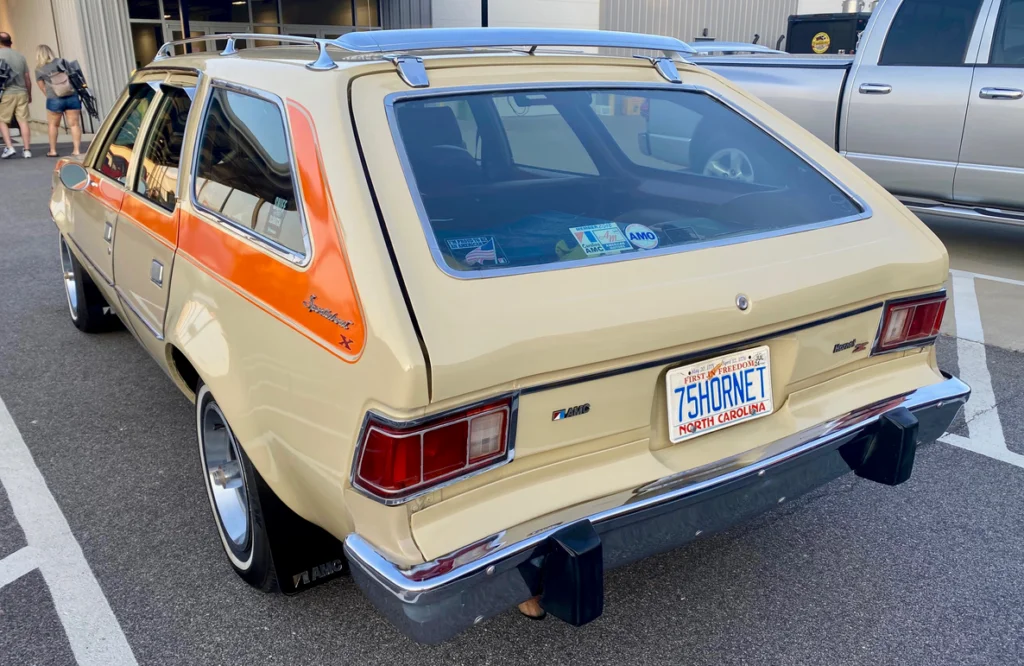
The Hornet Sportabout stands as America’s first compact station wagon, offering families a more efficient alternative to the massive land yachts of the era. Designer Richard Teague gave the Sportabout a distinctive style with its sloping rear window and optional “Gucci” interior package, which added the fashion house’s signature green and red stripes alongside the Gucci logo. American Motors Corporation (AMC) positioned this right-sized wagon perfectly for the first energy crisis, combining practicality with personality. Curbside Classic remembers it well but doesn’t have very positive thoughts on the color, except for how well it embodied sadness.
What many don’t remember is that the Sportabout was AMC’s bestselling body style for several years, outselling its sedan and coupe siblings by a significant margin. The wagon offered innovative features like an optional electric rear window defroster and a cargo area that could accommodate a 4×8 sheet of plywood with the tailgate closed. As today’s crossovers essentially become wagons in all but name, the Hornet Sportabout deserves recognition as a pioneer that found the sweet spot between utility and efficiency long before it became fashionable.
2. Chevrolet Vega Estate Wagon (1971-1977)
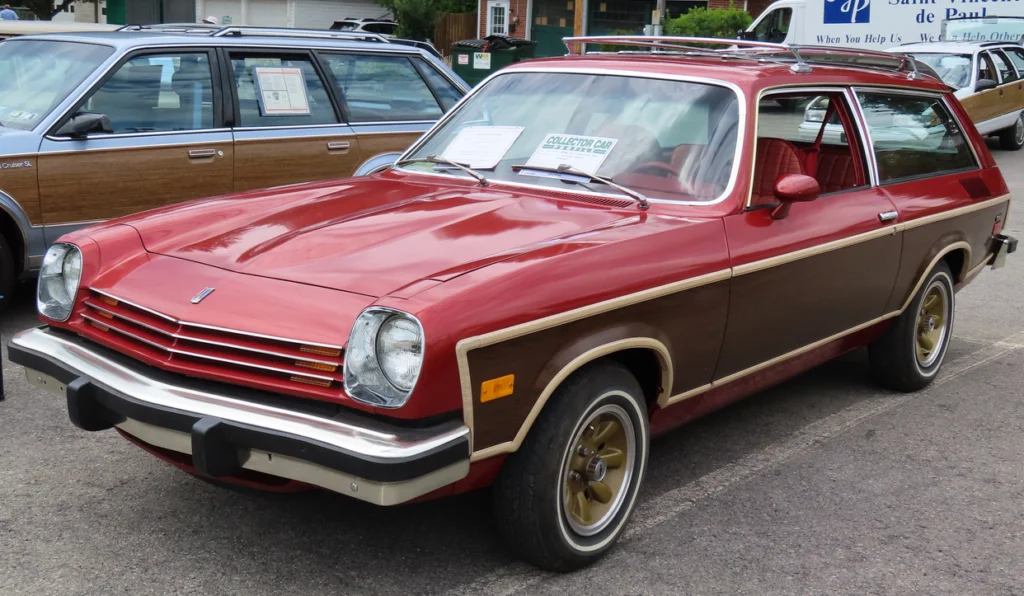
The Vega Estate Wagon brought European-inspired styling to Chevrolet’s compact lineup, featuring clean lines and generous glass areas that created an airy interior atmosphere. GM’s designers gave the little wagon visual interest with simulated wood grain side panels and a neatly integrated roof rack, making it look like a scaled-down version of its larger Chevrolet wagon siblings. Despite the Vega’s troubled reputation for quality issues, the wagon variant was arguably the most attractive and practical of the Vega body styles. Hagerty has some ideas on what exactly kept this underappreciated vehicle from achieving lasting greatness.
Interior versatility was impressive for such a compact package, with rear seats that folded completely flat to create nearly 45 cubic feet of cargo space. The Vega Estate’s lightweight design made it relatively fuel-efficient for its time, achieving up to 30 mpg on the highway when equipped with the base engine and manual transmission. With today’s renewed interest in compact, efficient transportation, a modern interpretation of this small wagon could find an audience among urban dwellers who need occasional utility without the bulk of an SUV.
3. Ford Pinto Squire Wagon (1972-1980)
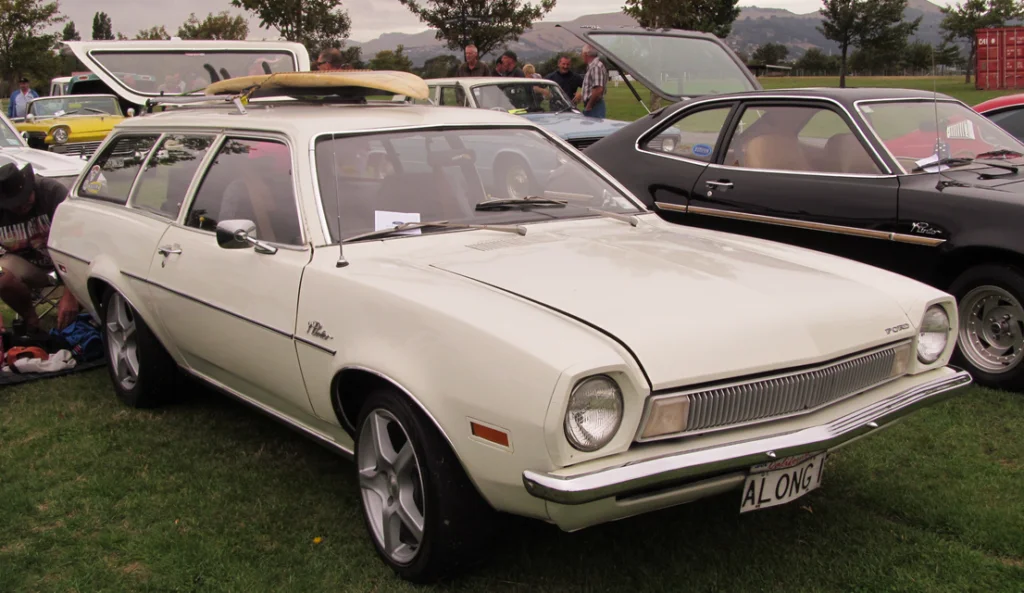
Despite the Pinto’s infamous reputation, the wagon variant offered genuine practicality and outsold the sedan in several model years with its combination of economy and utility. The “Squire” trim added woodgrain side paneling that gave this economy car a touch of pseudo-luxury, connecting it visually with Ford’s upscale full-size Country Squire. The Pinto wagon’s extended roofline significantly improved rear headroom and created a surprisingly spacious cargo area for such a compact vehicle. MotorTrend primarily remembers all things Pinto in the context of the tragedy that befell the Pinto line, making this a particularly bittersweet model to contemplate.
Ford engineers gave the wagon variant structural reinforcements that actually made it safer than its sedan counterpart, with the extended wheelbase improving both ride quality and crash protection. The Runabout’s unique three-door design with its distinctive hatchback window could be opened independently of the lower tailgate, providing quick access to small items without opening the entire rear. Modern safety standards combined with the efficient packaging of the Pinto wagon would make for an appealing small utility vehicle in today’s market where young families seek affordable, practical transportation.
4. Dodge Aspen/Plymouth Volaré Wagon (1976-1980)
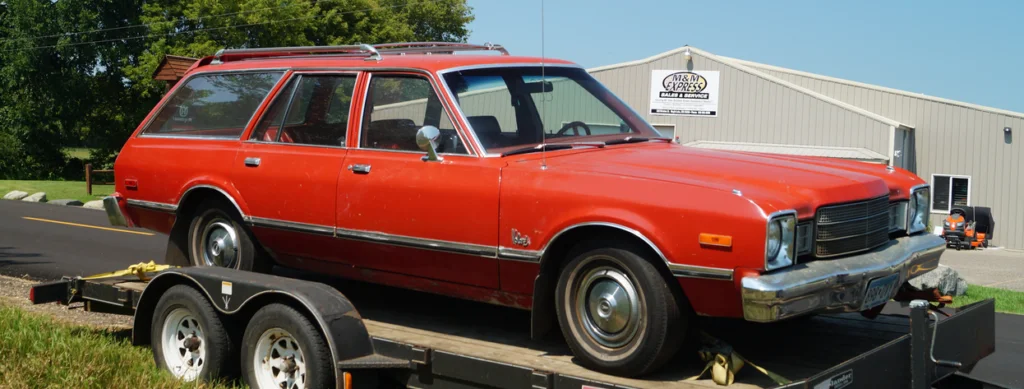
Chrysler’s replacement for the venerable Dart/Valiant line included handsome wagon variants that found a middle ground between compact efficiency and full-size capacity. The Aspen and its Plymouth Volaré twin offered “Super Coupe” styling in wagon form, with clean lines and an optional “Premier” luxury package that included rich woodgrain exterior trim and plush velour interiors. These midsize wagons were marketed as “family cars with flair,” providing the Goldilocks option for families who found full-size wagons too large and compacts too small. The Makes That Didn’t Make It remembers the state of total free fall this model line seemed to enter before its disappearance from our garages.
What made these wagons special was their blend of traditional station wagon utility with surprisingly nimble handling, especially when equipped with the optional “Sport Wagon” package that included heavy-duty suspension components and wider tires. The optional 360 cubic inch V8 transformed these modest family haulers into stealth performance vehicles that could hold their own against many sports cars of the era. Modern wagon enthusiasts would appreciate a revival that captures this blend of practicality, comfort, and unexpected performance in a right-sized package.
5. Buick Century Estate Wagon (1973-1977)
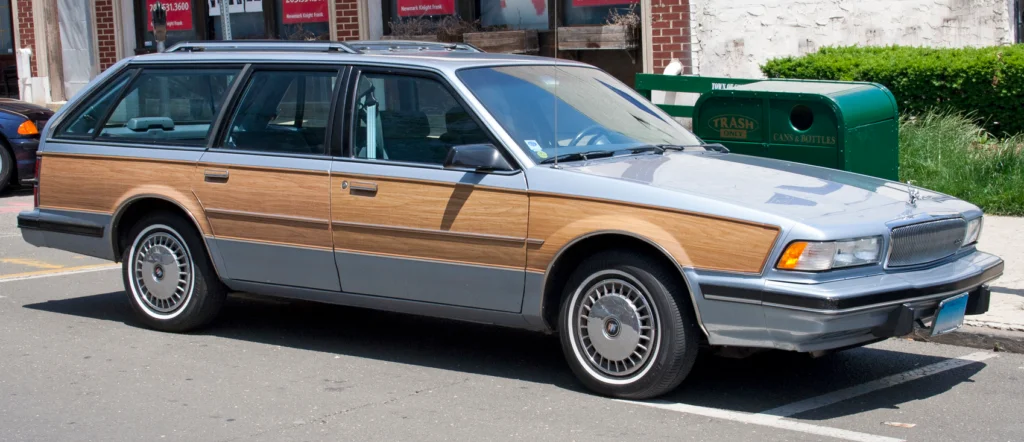
The intermediate-sized Century Estate Wagon offered near-Cadillac levels of luxury in a more manageable package than Buick’s full-size Estate Wagon. These stylish family haulers featured Buick’s distinctive “sweep spear” side profile, available genuine wood exterior trim, and sumptuous interiors with options like power windows, climate control, and quadraphonic eight-track stereo systems. The Century’s colonnade styling with fixed rear quarter windows and frameless door glass gave it a distinctive silhouette that stood out from other GM intermediates.
For 1974-1975, Buick offered an unusual “Gran Sport” performance package for the Century wagon, creating one of the rarest muscle wagons of the decade with heavy-duty suspension, special gauges, and availability of the mighty 455 cubic inch V8. The Century Estate’s front and rear clamshell tailgate design allowed for easy loading in tight parking spots, opening either as a traditional tailgate or as a door. A modern interpretation could capture the Century’s elegant styling and premium features while incorporating contemporary safety and efficiency technology for today’s luxury wagon buyers.
6. Toyota Corona Mark II Wagon (1972-1976)
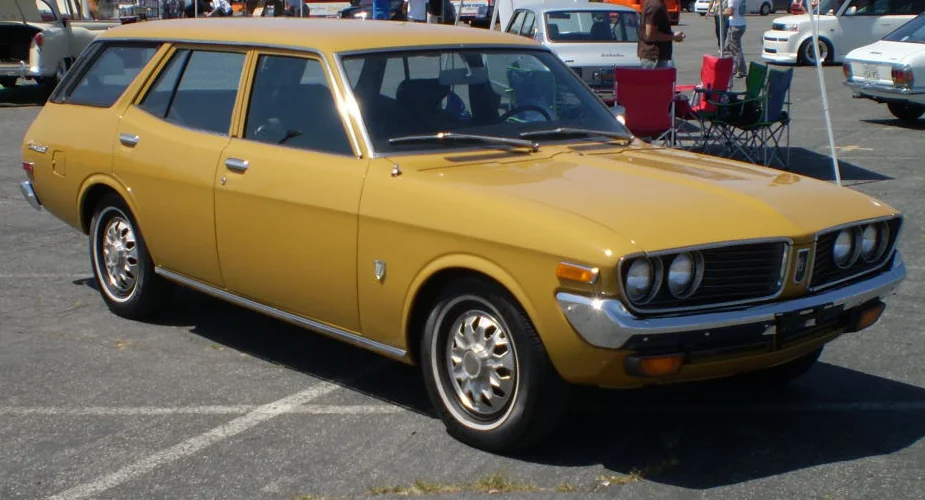
Before the Camry became Toyota’s bread-and-butter family car, the Corona Mark II served as the Japanese automaker’s premium offering, with the wagon variant providing a compelling alternative to domestic intermediates. The cleanly styled wagon borrowed European design influences while incorporating Japanese attention to detail and build quality that was often superior to American competitors. With reclining front bucket seats, full instrumentation, and refined road manners, the Corona Mark II wagon offered an early glimpse of the qualities that would eventually make Toyota a dominant force in the American market.
The wagon’s practical hatchback design and fold-flat rear seat maximized cargo capacity while maintaining a relatively compact footprint ideal for urban environments. Toyota’s legendary 2.0-liter SOHC engine delivered excellent reliability and efficiency, regularly achieving over 25 mpg at a time when domestic wagons struggled to reach 15 mpg. As Toyota currently offers no true station wagon in its American lineup, reviving the Corona Mark II wagon concept with modern hybrid technology would fill a gap for practical-minded buyers seeking alternatives to ever-larger crossovers.
7. Audi Fox Wagon (1975-1979)
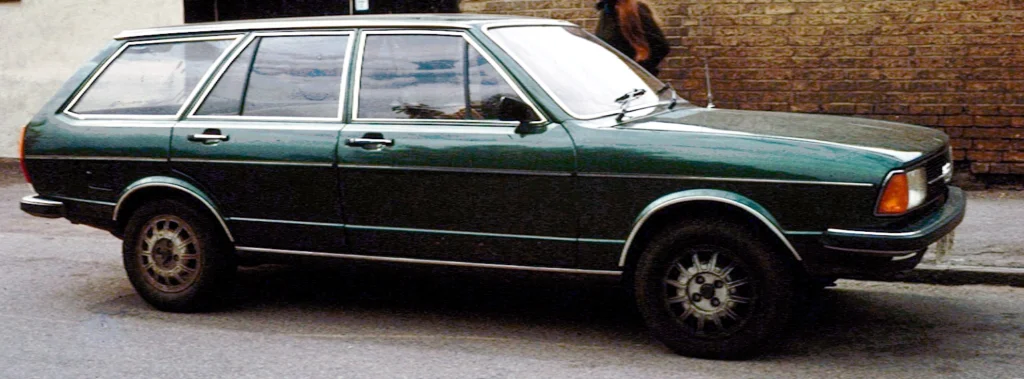
The Fox wagon (known as the Audi 80 Variant in Europe) brought German engineering and front-wheel-drive innovation to the American market in a practical package that emphasized handling and efficiency over sheer size. Its clean, functional design featured excellent visibility and a surprisingly spacious interior given its tidy exterior dimensions. The Fox’s sophisticated fully independent suspension delivered handling dynamics far superior to most domestic wagons, establishing Audi’s reputation for creating driver-oriented vehicles regardless of body style.
Fuel efficiency was impressive, with the 1.6-liter engine delivering up to 34 mpg highway—figures that would remain competitive even decades later. The Fox wagon’s practical hatchback design with fold-flat rear seats could accommodate an impressive amount of cargo while maintaining a footprint small enough for European city streets. Audi’s current wagon offerings focus primarily on the luxury performance market; a modern interpretation of the Fox’s ethos—combining efficiency, practicality, and driving enjoyment in an affordable package—would appeal to pragmatic enthusiasts.
8. Datsun 610 Wagon (1973-1976)
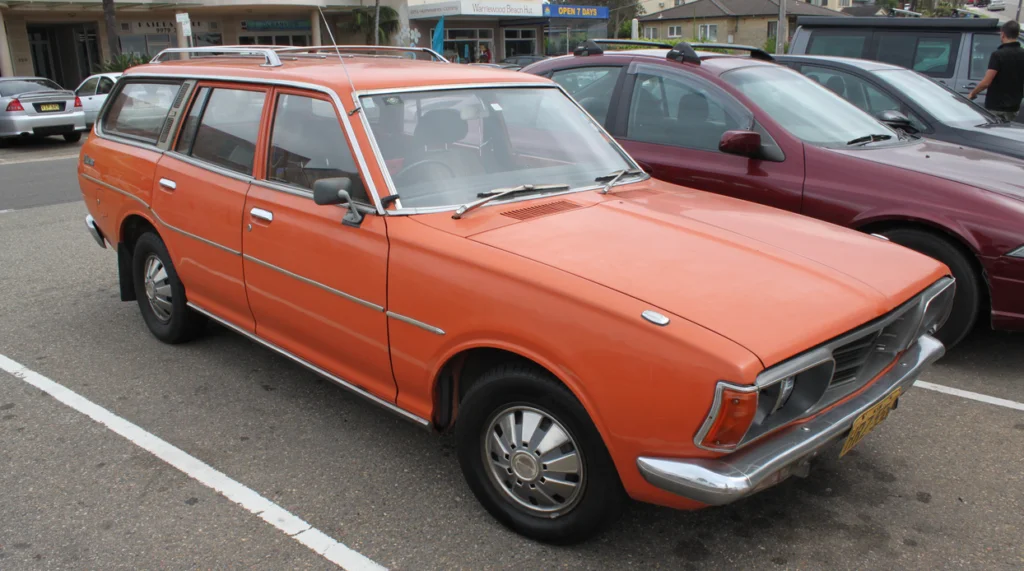
The stylish 610 wagon brought distinctive Japanese design to America’s roads with its clean lines, circular taillights, and sporty stance that set it apart from more pedestrian domestic offerings. Nissan (then selling under the Datsun name) engineered the 610 with an emphasis on driver engagement, featuring a MacPherson strut front suspension, independent rear suspension, and responsive steering that made it feel more like a sport sedan than a utilitarian wagon. The well-appointed interior featured comfortable vinyl or optional cloth upholstery, full instrumentation including a tachometer, and thoughtful ergonomics that reflected growing Japanese influence on automotive design.
The 610’s efficient 1.8-liter overhead cam engine delivered spirited performance and excellent fuel economy, making it particularly appealing during the fuel crisis years. With a four-speed manual transmission (or optional three-speed automatic), front disc brakes, and rack-and-pinion steering, the 610 wagon offered a compelling alternative to domestic wagons that prioritized size over driving dynamics. A modern iteration combining the 610’s driver-focused character with contemporary safety features and hybrid efficiency would capture the original’s blend of practicality and enjoyment.
9. Chevrolet Monza Estate (1978-1979)
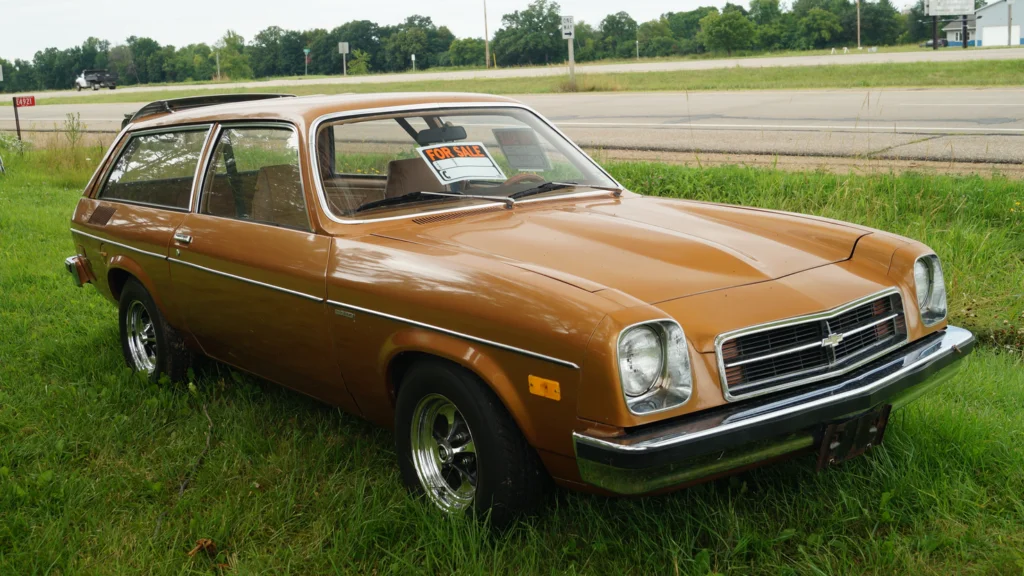
One of the shortest-lived wagons of the decade, the Monza Estate combined sporty styling with practical utility in GM’s H-body platform. Based on the Monza 2+2 hatchback, the wagon variant featured an extended roofline, vertically oriented taillights, and an optional Spyder performance package complete with sport suspension and special instrumentation. The Monza Estate’s European-influenced styling made it a standout in Chevrolet showrooms, appealing to younger buyers looking for something more distinctive than traditional family wagons.
Despite its compact exterior dimensions, clever packaging provided 30 cubic feet of cargo space with the rear seats folded—enough for most family needs while maintaining manageable proportions for city driving. Engine options ranged from an economical 2.5-liter four-cylinder to a surprisingly potent 5.0-liter V8, giving buyers choices ranging from economy to performance. The Monza Estate’s brief production run has made it one of the rarest and most forgotten wagons of the era, making it ripe for rediscovery by automotive enthusiasts looking for something truly unusual.
10. Mercury Bobcat Villager Wagon (1975-1980)
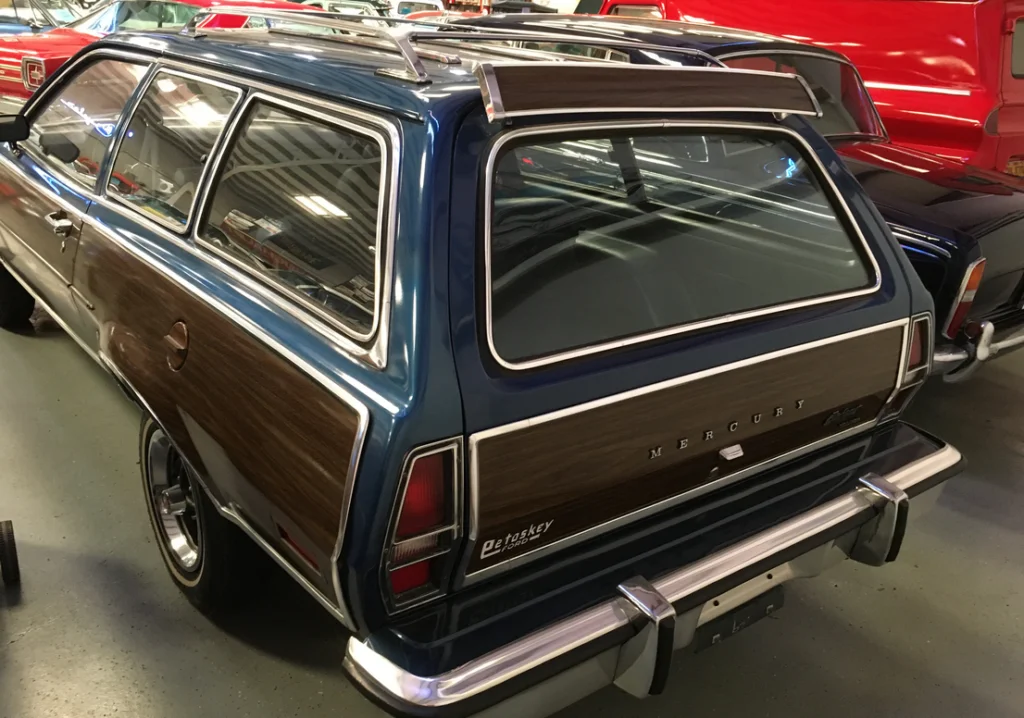
The Mercury Bobcat served as the more upscale twin to Ford’s Pinto, with the Villager wagon variant adding a touch of luxury to the economical package. Mercury designers differentiated the Bobcat with a more formal vertical grille, woodgrain exterior panels on Villager models, and plusher interior appointments including cut-pile carpeting and upgraded seat upholstery. The small Mercury wagon offered surprisingly premium options including a moonroof, leather-wrapped steering wheel, and comprehensive instrumentation that elevated it above its economy car roots.
The Bobcat Villager represented an early attempt at the premium small car concept that would later become commonplace, offering luxury features in an efficient package decades before this became industry standard. The 2.3-liter overhead cam engine developed by Ford specifically for the Pinto/Bobcat platform would go on to power everything from Mustangs to Rangers, becoming one of Ford’s most versatile and long-lived designs. A contemporary interpretation of the Bobcat Villager concept—bringing premium features to a compact wagon—would align perfectly with current trends toward efficient luxury.
11. Oldsmobile Cutlass Cruiser (1978-1979)
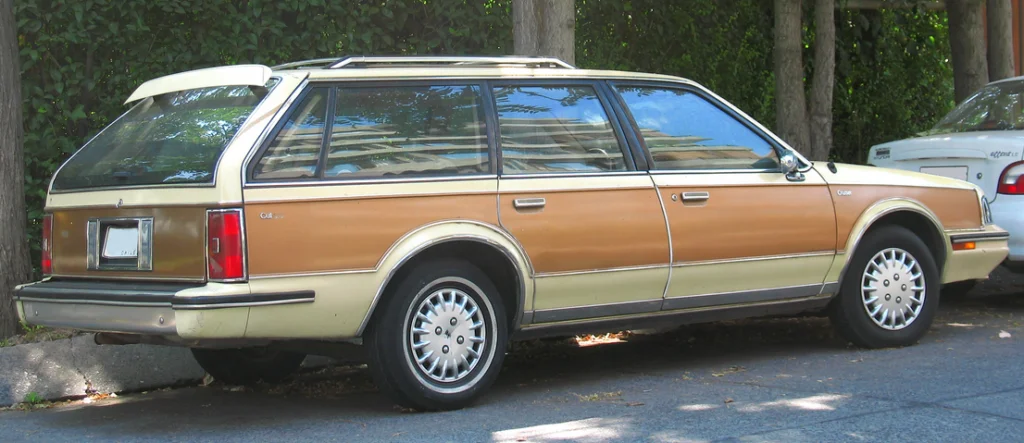
For just two short model years, Oldsmobile offered the Cutlass Cruiser as part of its wildly popular Cutlass lineup, combining the brand’s signature “Rocket” styling with practical wagon versatility. Based on GM’s newly downsized A-body platform, the Cutlass Cruiser featured distinctive split-grille styling, optional two-tone paint treatments, and plush interior appointments worthy of the Cutlass nameplate. Oldsmobile positioned the Cruiser as a premium family vehicle, offering options like power windows, locks, cruise control, and multi-speaker stereo systems that appealed to upwardly mobile families.
The Cruiser benefited from the Cutlass line’s strong reputation for balancing comfort with handling, featuring the FE2 suspension package that delivered surprising agility for a family wagon. Engine options included the efficient 3.8-liter V6 or the smooth 5.0-liter V8, both paired with automatic transmissions tuned for the perfect balance of performance and efficiency. Given the continued strong nostalgia for the Cutlass nameplate, a revival of the Cruiser concept as a premium midsize wagon would likely find enthusiastic reception among former Oldsmobile loyalists and younger buyers discovering the brand’s heritage.
12. International Harvester Travelall (1969-1975)
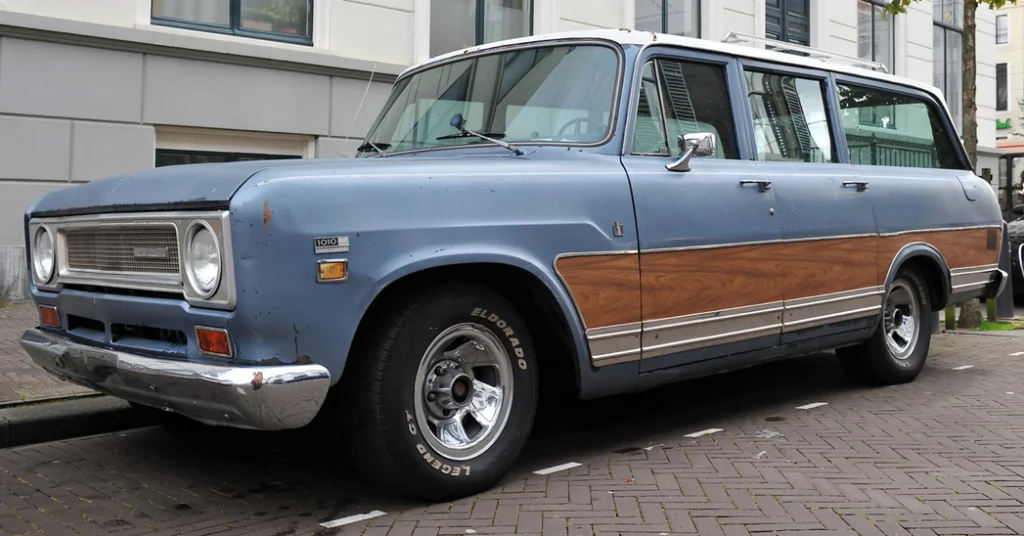
Though technically classified as a truck, the Travelall functioned essentially as a massive station wagon for families needing maximum space and capability. The Travelall’s boxy, utilitarian styling reflected International Harvester’s farm equipment heritage, prioritizing function over fashion with its cavernous interior capable of seating up to nine passengers. Available with either two or four-wheel drive, the Travelall served as a precursor to today’s full-size SUVs, offering genuine off-road capability combined with family-friendly features decades before the format became mainstream.
Engine options ranged from a thrifty inline-six to massive V8s displacing up to 392 cubic inches, giving buyers choices based on their prioritization of economy versus towing capacity. The Travelall’s truck-based construction made it incredibly durable, with many examples accumulating hundreds of thousands of miles in harsh conditions ranging from farm work to cross-country family trips. Though International Harvester exited the passenger vehicle market in 1975, the Travelall concept lives on in today’s full-size SUVs, making it an unheralded pioneer that was perhaps too far ahead of its time.
13. Dodge Coronet Crestwood Wagon (1971-1974)
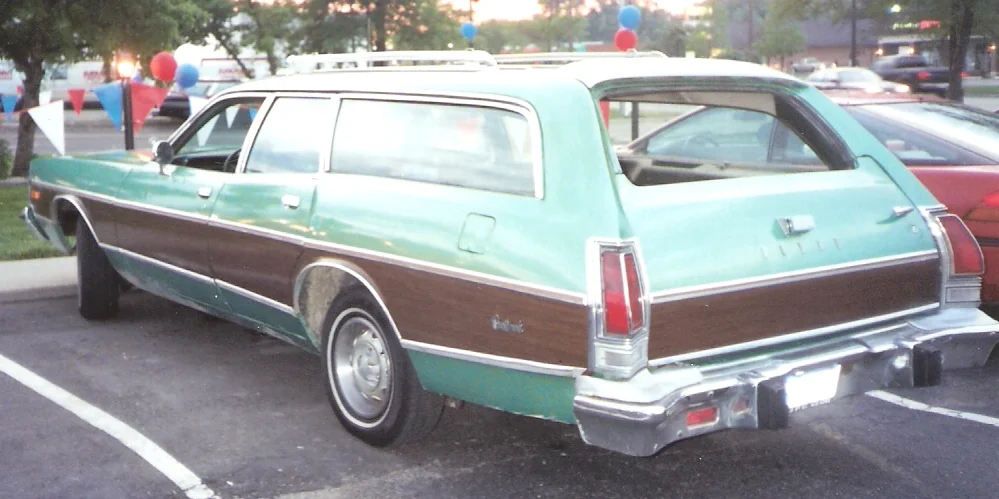
The distinctive Coronet Crestwood wagon featured Dodge’s “fuselage” styling with curved side panels and a streamlined appearance despite its substantial dimensions. Inside, the Crestwood offered seating for up to nine passengers with the optional rear-facing third row, making it perfect for large families of the baby boom era. Dodge made the Crestwood genuinely luxurious with options like front and rear air conditioning, power windows, locks, seats, and a selection of V8 engines ranging from the economical 318 cubic inch to the powerful 440.
What made the Crestwood special was how it incorporated performance DNA from Dodge’s muscle car lineup, with the option of the legendary 383 and 440 engines that could transform this family hauler into a stealth performance vehicle. The Crestwood’s distinctive split grille and hidden headlamps gave it an aggressive face that differentiated it from other Chrysler products of the era. As full-size American wagons have virtually disappeared from the market, a modern interpretation of the Crestwood’s combination of space, luxury, and available performance would offer a compelling alternative to today’s three-row crossovers.
The station wagons of the 1970s represent a uniquely American approach to family transportation that balanced utility with style, comfort with capability. As today’s market increasingly turns to crossovers that essentially reinvent the wagon concept with higher ride heights, perhaps it’s time to rediscover the original formula that worked so well for generations of families. These forgotten wagons remind us that practical transportation needn’t be boring, and that distinctive design can elevate even the most utilitarian vehicles to objects of desire. Whether remembered with nostalgic fondness or discovered for the first time, these long-roof classics deserve a second look—and perhaps even a modern reinterpretation for today’s families.


